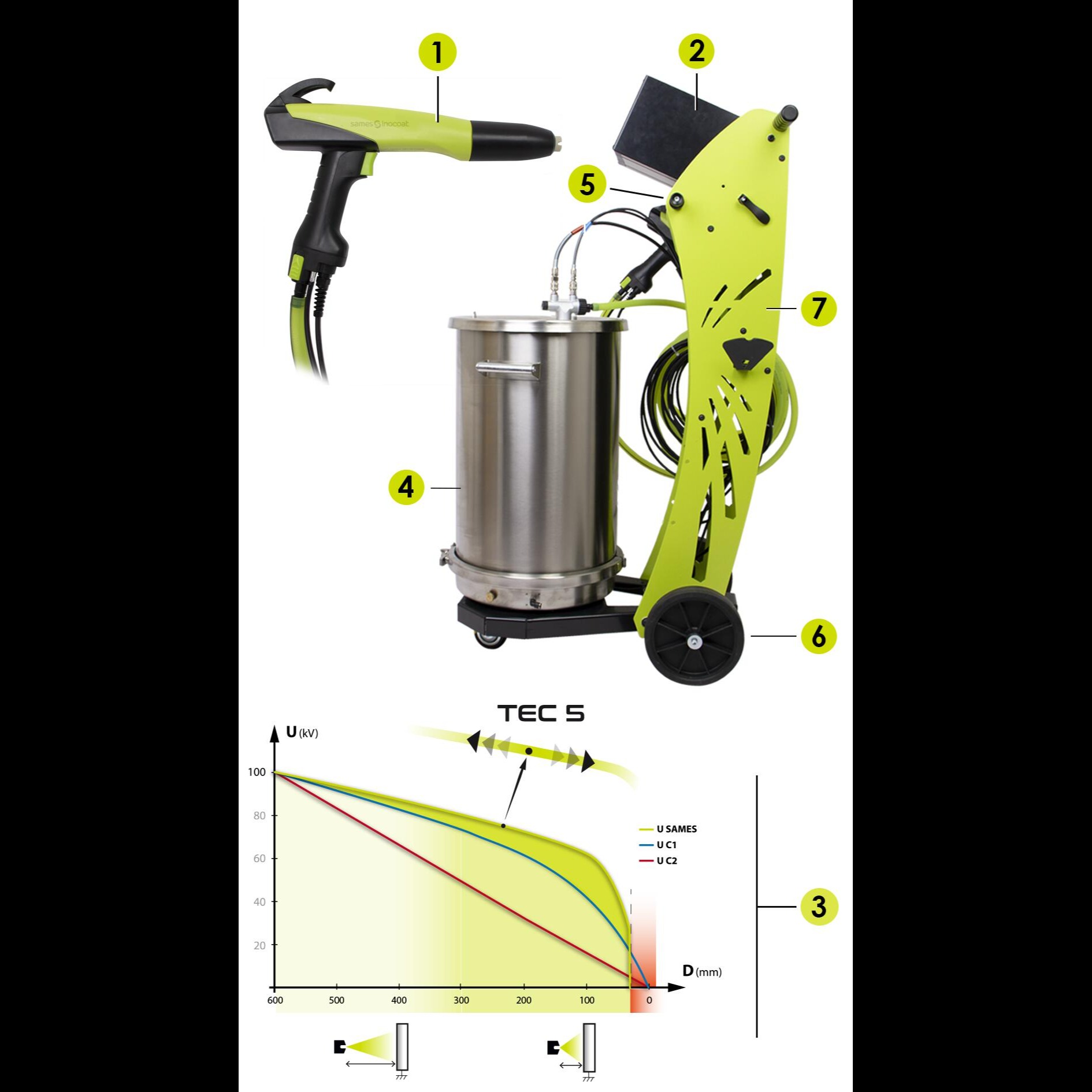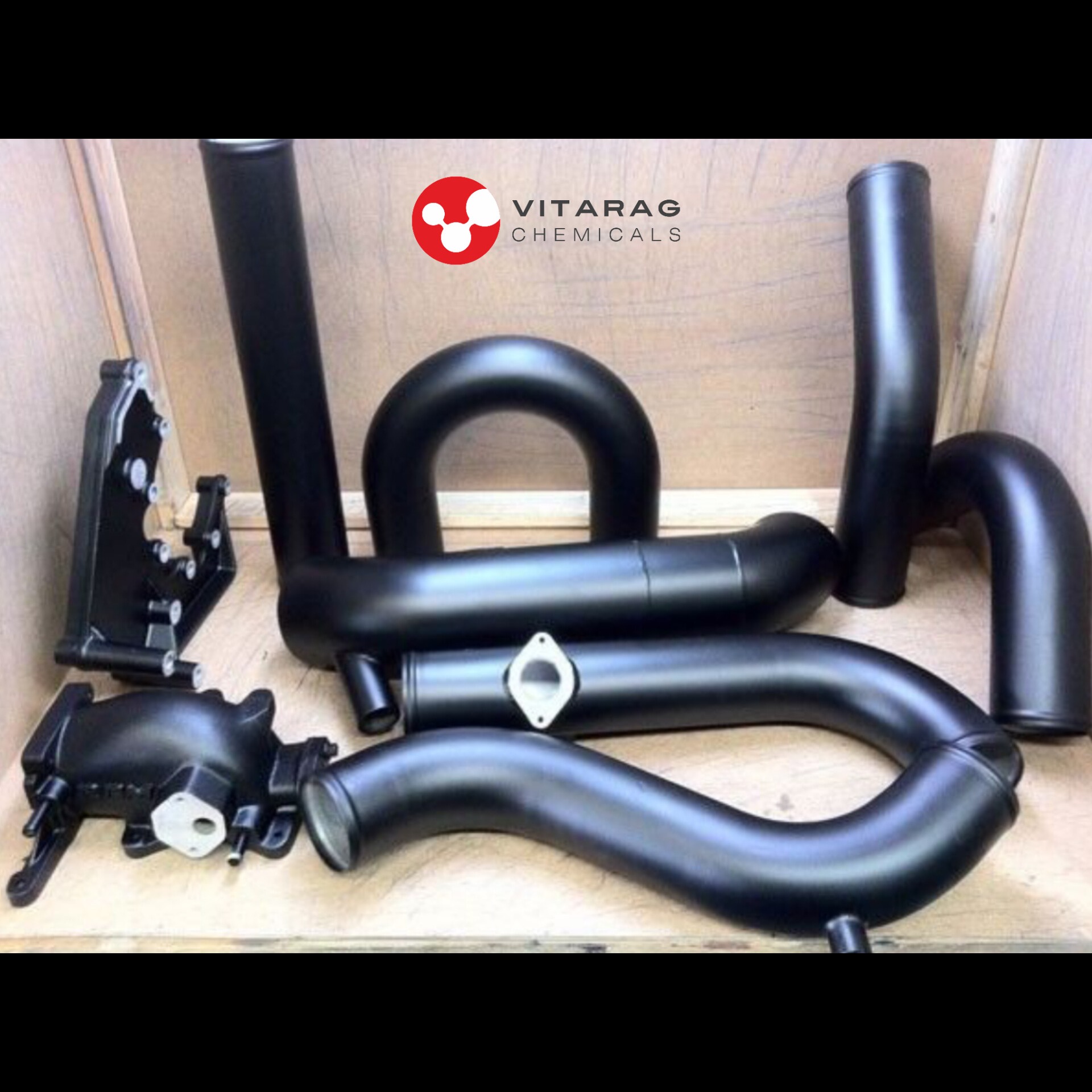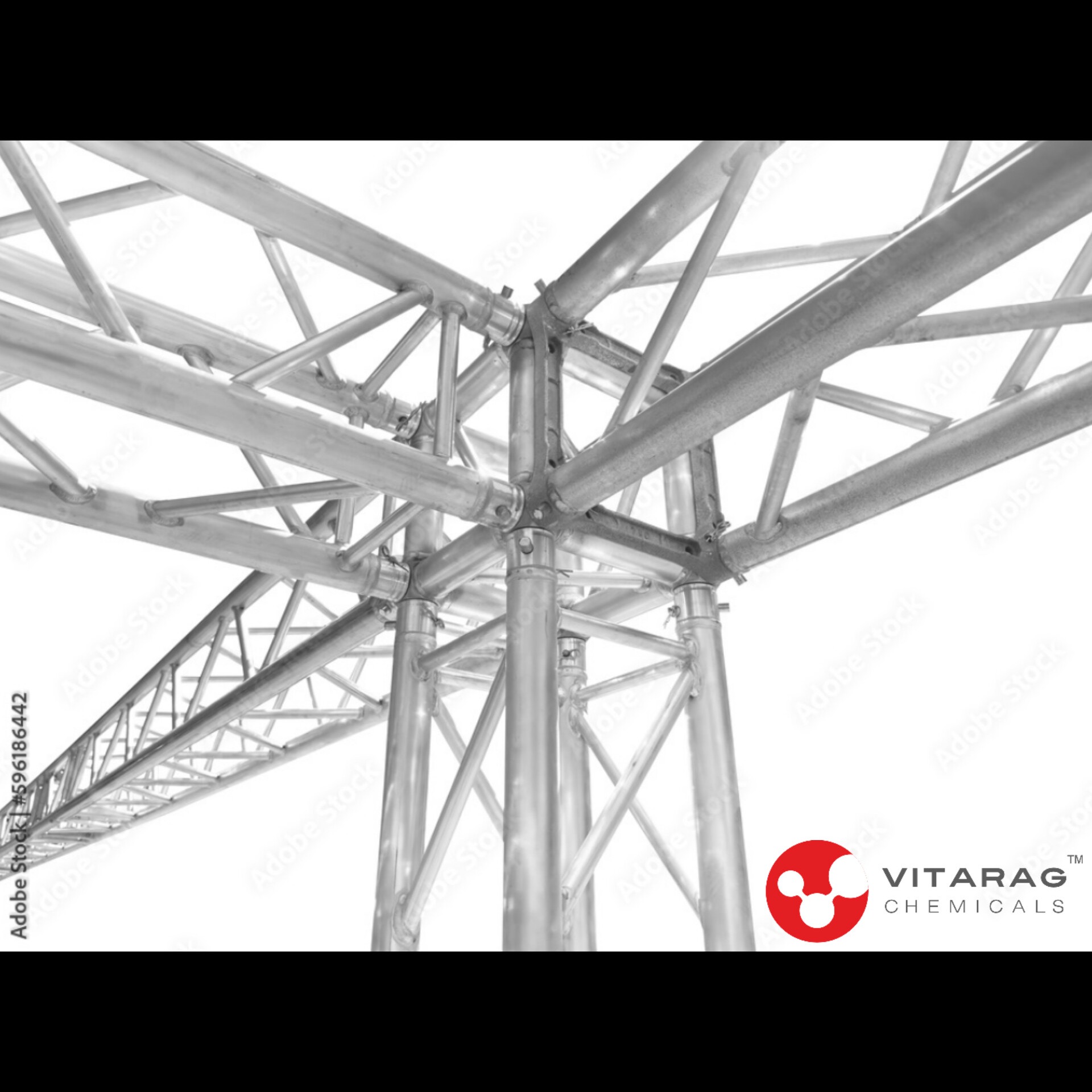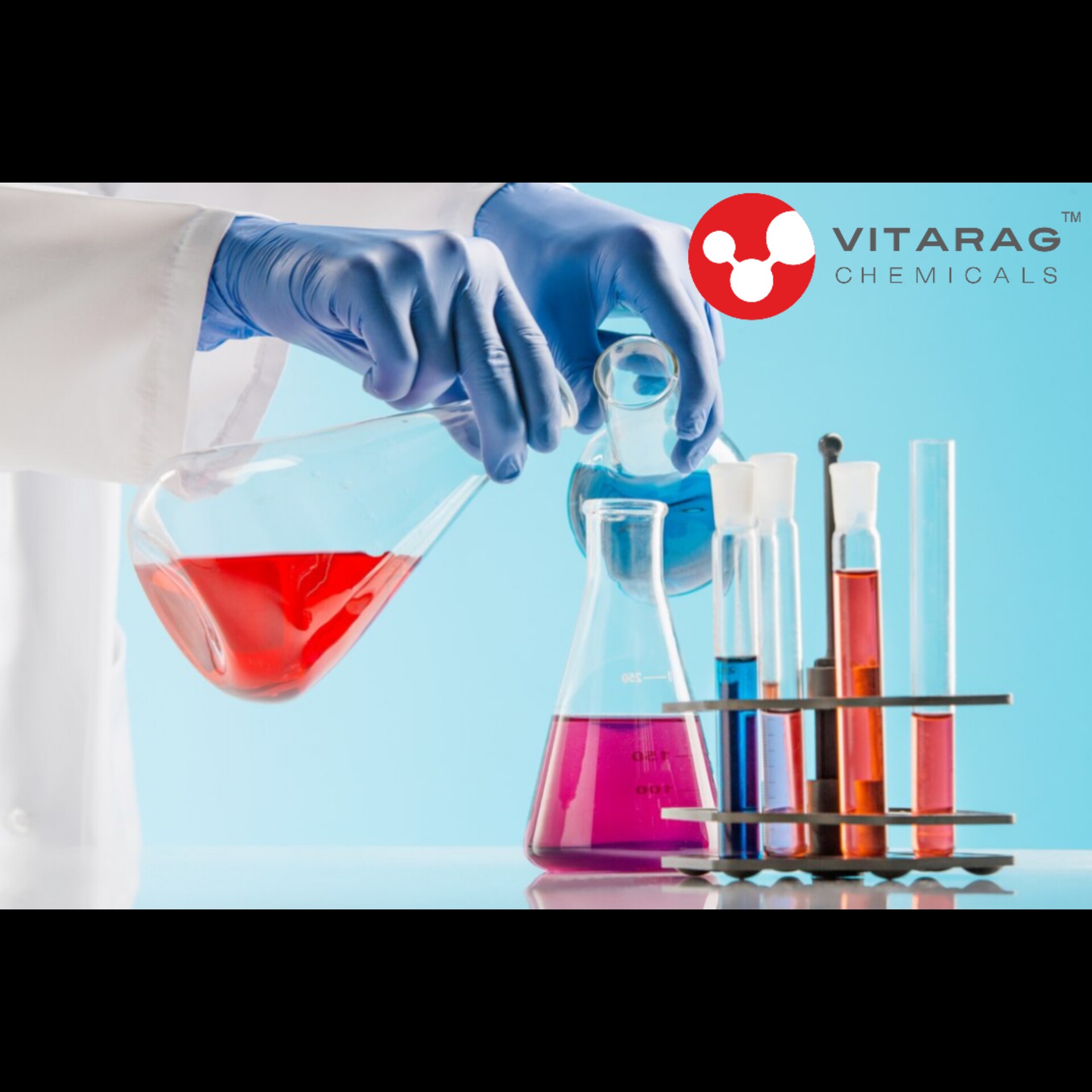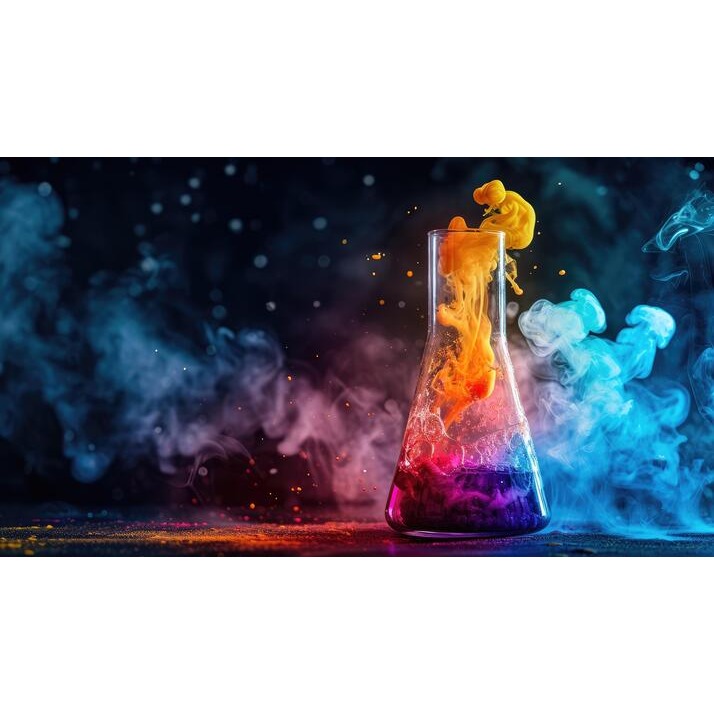
BLACKENING CHEMICALS FOR AUTOMOTIVE INDUSTRIES
What Are Blackening Chemicals?
1. Types of Blackening Processes:
- Hot Black Oxide: Involves submerging metal parts in a heated solution of alkaline salts and nitrates, typically at temperatures around 285-300°F (140-150°C). This process is used for ferrous metals and provides a durable black finish.
- Cold Black Oxide: Uses room temperature or mildly heated solutions containing selenium or copper-selenium compounds. This method is often used for touch-ups and smaller parts but does not provide the same level of protection as hot black oxide.
- Mid-Temperature Black Oxide: Operates at temperatures between 200-220°F (93-104°C) and is used for both ferrous and some non-ferrous metals. It’s a compromise between hot and cold processes, providing decent corrosion resistance with lower operational hazards.
- Black Phosphate: A conversion coating that creates a black phosphate layer on the metal surface. It is often used for steel parts to enhance lubrication and corrosion resistance.
Keywords
1.
150°
Types
method
mildly
285-300
200-220°
nitrates
touch-ups
compromise
protection
same level
lubrication
steel parts
metal parts
temperatures
metal surface
smaller parts
cold processes
ferrous metals
alkaline salts
heated solution
Hot Black Oxide
room temperature
Cold Black Oxide
conversion coating
Blackening Processes
durable black finish
BLACKENING CHEMICALS
AUTOMOTIVE INDUSTRIES
black phosphate layer
copper-selenium compounds
lower operational hazards
decent corrosion resistance
Mid-Temperature Black Oxide

